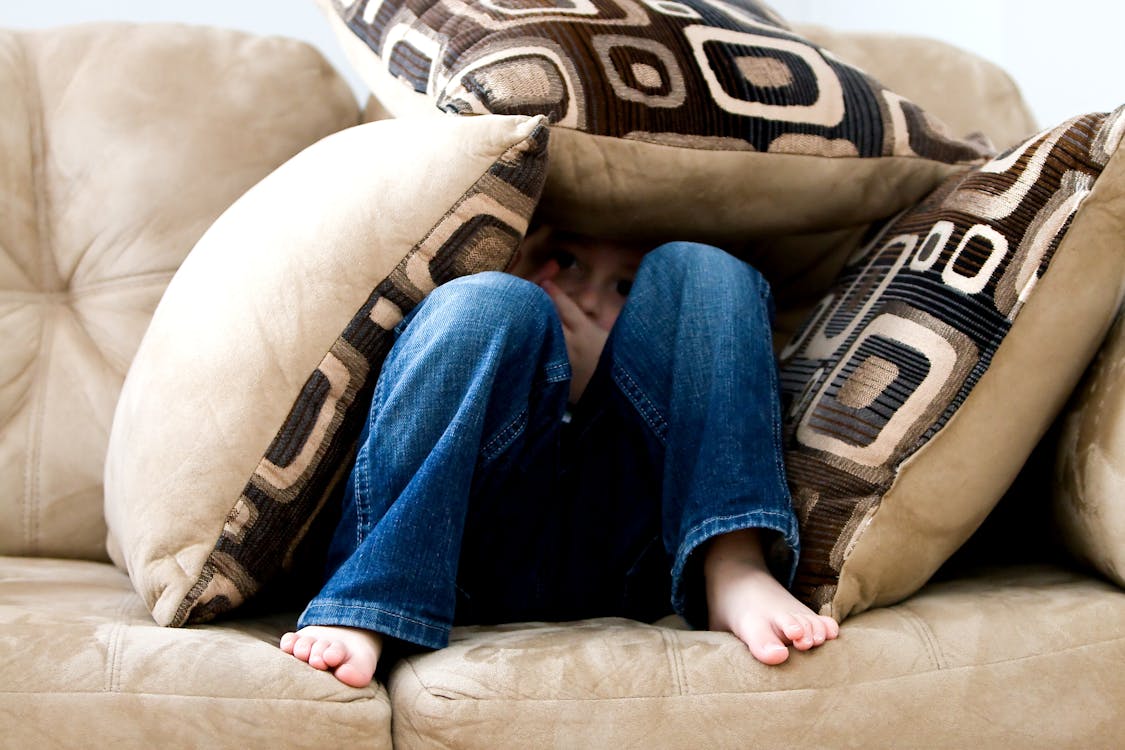
Parents often ask whether time-out is an effective way to discipline kids. The answer is yes! Time-out can be a very helpful tool for teaching kids correct behavior.
What Are Time-Outs?
A time-out is a brief period of time (usually one to two minutes) during which a child is removed from an activity or situation in order to calm down. It is important to note that time-out should not be used as a punishment. Rather, it is meant to be a break for both the child and the parent.
A study published in the Journal of Child and Family Studies found that time-out is an effective disciplining technique when a child misbehaves. The study found that time-out was associated with immediate improvements in child development and behavior. The study also revealed that the effects of time-out lasted over time.
Time-out is more effective than other forms of corporal punishment, such as spanking. After all, physical pain does not teach a child anything about correct behavior. A time-out allows a child to calm down and reflect on their behavior. It also gives the parent a break from the situation.

When Should You Use Time-Out?
There are a few different situations in which time-out can be used effectively. For example, time-out can be used when a child is:
- Acting aggressively or destructively
- Having a tantrum
- Disobeying rules or directives
- Doing things you’ve previously explained were unacceptable behavior
How To Do A Time Out
Time-outs have developed a bad reputation over the years. Many have classified time-outs as a harmful parenting strategy, but they can be used effectively if done correctly. If done incorrectly, time-outs can be harmful to both the parent and child. It’s important to keep the following tips in mind when doing a time-out:
Duration Depends On Child’s Age
Time-out should be brief, lasting no more than 1 minute for each year of the child’s age. For example, a 3-year-old would have a time-out that lasts no longer than 3 minutes. You can use a timer to keep track of it.
Stay Calm
Time-out should be conducted in a calm and matter-of-fact manner. Avoid yelling or lecturing during a time-out.

Teach Specific Appropriate Behavior
Be clear about what behaviors warrant a time-out. Make sure your child understands which actions are inappropriate and why they result in a time-out. You should talk to your child about what counts as negative behavior.
Help Your Child Calm Down
Once your child has calmed down, take some time to talk about the situation and help them understand what they could have done differently. If they’re not calming down, try a different technique. You should also explain your child’s behavior to them so they understand what’s happening.
Be Firm But Loving
It’s important to be consistent with time-outs. Once you’ve decided to use time-out for discipline, stick with it. At the same time, avoid using time-out as a threat or ultimatum. This can undermine its effectiveness. But when you talk to your child, make sure to remain loving and supportive. However, use time-out sparingly. If you find yourself using it frequently, then it’s time to try a different technique.

Be Consistent
Make sure time-out is used consistently. If time-out is only used occasionally, it will be less effective. You also have to be consistent in the way you implement time-out. For example, if you usually put your child in time-out for hitting, then don’t make an exception when they hit their sibling. This way, your kid knows what to expect because of previously explained breaks.
Choose A Designated Time-Out Spot
It’s helpful to choose a specific spot for time-out. This spot should be away from toys and other activities. It should also be free from distractions, such as TV or electronics. You can choose a time out area or designate a “naughty chair” where they can sit quietly for a while.
Time outs aren’t the same as solitary confinement. After all, you don’t necessarily cut your child off from everything during a time out. You just give them the space and time to allow them to reflect.
Don’t Give In
It’s important to avoid giving in to your child’s demands during a time-out. For example, if they’re having a tantrum and they’re demanding a toy, don’t give it to them. This will only reinforce the tantrum and unwanted behavior.

Don’t Use It As A First Option
Time-out should be used as a last resort after other discipline techniques, such as verbal reasoning and redirection, have failed. Other discipline techniques you may use include:
- Verbal reasoning – explaining to your child why their behavior is inappropriate and what they should do instead
- Redirection – directing your child’s attention to something else
- Positive reinforcement – rewarding your child for displaying desired behavior
However, the Child Mind Institute notes that physical punishment, such as spanking, should never be used. Physical abuse can lead to serious and long-lasting physical and emotional harm.
Use Positive Reinforcement
Finally, remember to use positive reinforcement. This means rewarding your child when they display wanted behavior. This will help them learn which behaviors are appropriate and which are not. Time-out should not be used as a punishment, but as a way to teach correct behavior. With these tips in mind, time-out can be a helpful and effective discipline tool.
Some examples of positive reinforcement are praise and verbal reinforcement such as “good job.” You can also give physical affection such as a hug or high five or special time such as bonding one-on-one. Additionally, you can give tokens or stickers that can be redeemed for a prize.

When Time Out Isn’t Working
There are a few situations in which time-out may not be effective. For example, time-out may not be helpful if:
- The child is too young to understand what’s happening
- The time-out is too long or too short
- The time-out is used as a punishment
- The time-out is used inconsistently
Here are some tips when it’s not working for you and your child:
Use Rewards And Consequences
In addition to time-out, parents can use a system of rewards and consequences to help kids learn the right actions. With this system, kids are rewarded for good behavior and punished for inappropriate behavior.
Punishments should be mild, such as taking away a privilege or assigning extra chores. And rewards should be things that the child values, such as praise, time with a favorite toy, or extra time to watch TV.
Use Positive Discipline Techniques
If time-out isn’t working, try using different discipline techniques, such as logical consequences or token economy.
Logical consequences are based on the principle of cause and effect. For example, if a child hits another child, a logical consequence would be to remove the child from the situation.
Token economy is a system in which kids are rewarded for good behavior with tokens that can be exchanged for privileges, such as extra time to play.

Get Help
If you’re still having trouble discipline your child, consider consulting a professional, such as a child psychologist or parenting coach. They can help you find the root of the problem and come up with a plan to address it. You can also get help from a parenting hotline or helpline, or look online for other resources.
To Wrap Up
Time-out is a discipline technique that can teach children appropriate behavior. It’s important to be consistent with time-outs and use them sparingly. If time-out isn’t working, try using a different discipline technique, such as logical consequences or token economy. And if you’re still having trouble, consider consulting a professional.
All the best in your parenting journey!
Frequently Asked Questions (FAQs)


